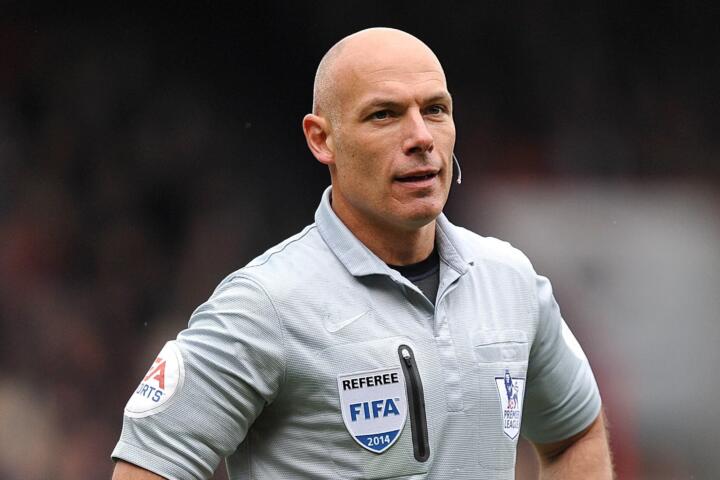Kai Havertz’s disallowed goal for Arsenal against Aston Villa was a really good decision, PGMOL chief, Howard Webb has said. He recently had his say while speaking to the press, and fans have been reacting.
According to him, the law clearly states that any contact with an attacker’s hand or arm will be penalised if a goal is scored, so the on-field decision by the referee was spot on.

Webb added that even if the handball by Havertz was not intentional, it still had to be penalised.
His words, “The law states that any contact with an attacker’s hand or arm – even accidental – which then leads to a goal being scored immediately has to be penalised. And this is actually a really good on-field decision by the referee, Jarred Gillett, in that respect. The law requires him to penalise when he sees that contact on Kai Havertz’s arm.
It’s not intentional, but it still has to be penalised. I think the idea was that if it comes off the arm, it can’t be a fair goal – that was the reason why this law came in. But we see this kind of situation leading to a goal disallowed when it hits Havertz’s arm and yet a few seconds earlier, it hits Matty Cash’s arm as well – equally accidentally – but he doesn’t get penalised.
He can’t be penalised, because he’s got to commit a different offence as a defender – he’s got to make himself unnaturally bigger or deliberately handle the ball. He does none of those, so it’s correct not to penalise, but we’re working with a different threshold for the attacker. It hits Havertz’s hand, and we have to disallow the goal in this circumstance.
This law has been in place for, I think, about five years now. It was decided by the International FA Board [IFAB], through their consultation, that goals that are scored off the arm are not fair, and therefore this law came in.
The laws are always under review, maybe it will change, but in this circumstance, the referee did absolutely the right thing. And then once the on-field decision has been given as a disallowed goal, then the VAR checks the footage, just to make sure the referee has not mistakenly seen a contact on the arm. In that case, the goal should stand, if it’s only hit the body.
But of course, the VAR has to check if there’s clear evidence that the ball did not hit the hand to intervene. If it’s not conclusive, they’ll just leave this on-field decision alone. But actually, when you see the VAR’s process, they do get to the point where they see an angle that shows the contact on Havertz’s arm.
Interestingly, if it had been Nketiah who had scored the goal, it would have stood, because it only relates to the goalscorer – in this case, Havertz, who made contact with the arm. It didn’t hit Nketiah’s arm – if he pokes it in, it’s a goal, because everything before that was all accidental.”
Support InfoStride News' Credible Journalism: Only credible journalism can guarantee a fair, accountable and transparent society, including democracy and government. It involves a lot of efforts and money. We need your support. Click here to Donate
